Oscar-nominated cinematographer Lukasz Zal reveals how he created the black-and-white look for Pawel Pawlikowski’s Soviet-era love story.
It’s not often that a film in a foreign language slips its world cinema moorings to become a mainstream awards contender, let alone one in black-and-white.
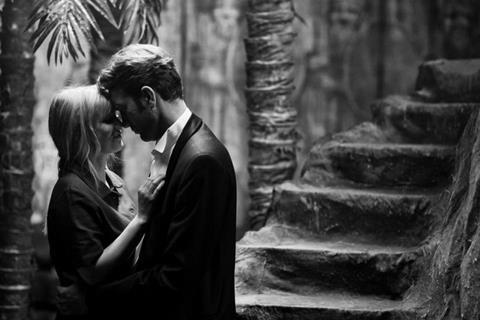
Such is the lucky fate of Cold War, a love story from behind the Iron Curtain loosely based on the relationship of Polish director Pawel Pawlikowski’s parents.
Credit is due to Pawlikowski’s storytelling and the lush cinematography of Lukasz Zal PSC who teamed up for the first time since Ida (2013), which won the Oscar for Foreign Language Film and landed Zal his first nomination.
After premiering in Cannes, where Pawlikowski won the prestigious best director award, Cold War scooped a clutch of awards including best film at the European Film Awards, and is Academy Award nominated for Best Foreign Language picture, for direction and cinematography. The international co-pro is funded by the Polish Film Institute, the BFI, Film4, Euroimages and Canal+ Poland, among others.
Since Ida was also set in communist eastern Europe and shot in black-and-white, the filmmakers were reluctant to make the same choices again.
”Even if we created perfection, somehow we needed to break it because it was too perfect.”
“Our first thought was that it be would be embarrassing to make another film in the same format,” Zal says. “We tried to mimic the Soviet era Technicolor which was all desaturated greys, reds and greens but couldn’t find the right palette. It looked too contrived.”
Instead they shot tests using Kodak 35mm stock side by side with footage from an ARRI Alexa XT. With colourist Michal Herman at Warsaw facility DI Factory, Zal devised LUTs so that the raw digital output matched that of film.
“We used the same Ultra Primes and graded the look so that you couldn’t distinguish between what was film and what was not,” he says.
Black-and-white, they realised, was editorially appropriate for a romance between two polar opposite characters and clash of east and west. Zal calls this “finding the temperature.”
Beginning in post second World War Poland, the film has musician and composer Wiktor (Tomasz Kot) meet blonde teenager Zula (Joanna Kulig) in a folk-music troupe. Falling in love, they agree to defect but her politics are not what they seem.
“I think Pawel wrote the script thinking in black-and-white,” says Zal. “There’s something in the shadows of black-and-white that helps us interpret a memory of events.”
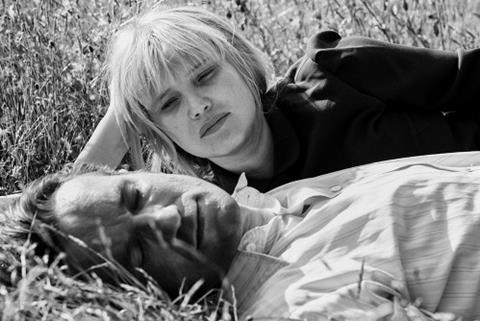
The filmmakers strove to layer each frame with shades of grey, with patterns and textures, “to create a rich image” and to differentiate from Ida’s less detailed, more monochrome style.
“We needed to find contrast in every element of the image and that impacted location, make-up, costumes - everything,” says Zal.
For example, the original costumes of the folk musicians Mazurek Ensemble featured in the film “were very colourful and beautiful” but looked too similar in monochrome to other aspects of the scene so the fabric was altered to give them more contrast.
“We were always looking for locations that would work perfectly in black and white. During colour grading we’d make dark scenes much darker and light scenes brighter,” Zal says. “We added more grain and dirt to the image in post.”
The story moves with the central pair to Berlin and Romania and ends up twenty years later in Paris with the weight of history hovering over them. Despite this epic scope, Cold War (the title is ironic for such a passionate affair) tells it all in an economic 88 minutes.
“Pawel learned from making Ida that you don’t have to show someone actually going somewhere, you can have the audience fill in the gaps in time and place,” Zal says. “He had the courage tell an elliptical story.”
Six months pre-production gave them time to hone the script, rehearse the cast, scout locations, and carefully plot each camera move.
“The best way I can describe it is that Pawel is writing the film with the camera,” Zal says.
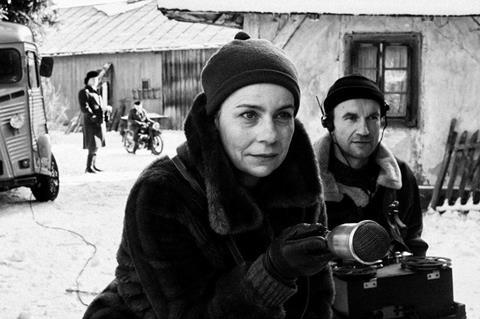
“I love this about working with him. Every scene is like a little movie. It needs to have its own construction. There’s no place for extraneous exposition or cheap gimmicks like lens flares. We’re trying to build very complex shots and remove all the things that aren’t necessary from the movie.”
They drew on a wealth of material for inspiration, taking thousands of pictures of locations and actors. They referenced films including Andrei Tarkovsky’s Mirror and the French new wave (notably Jean-Luc Godard’s Vivre Sa Vie) as well as Hollywood classic Casablanca. The work of photographers Ralph Gibson and Helmut Newton provided Zal with ideas for high contrast black-and-white composition and use of strong front lighting. The way actresses Marilyn Monroe and Marlene Dietrich were framed gave Zal further clues about photographing Zula.
Stalinist propaganda images and concert footage of jazz musicians Miles Davis and Thelonious Monk suggested tone and imagery for certain scenes. Most useful was archive footage unearthed by the production design team and from the Mazurek Ensemble band itself which helped them choreograph dance scenes.
Zal likens the process to both painting and sculpture in the way they were layering and refining the image.
“On set we’d shoot sometimes thirty takes of a single shot, each one subtly different,” he describes. “Even if we created perfection, somehow we needed to break it because it was too perfect. We’d shoot again and this time an extra would act a little strangely in the background or a cow would behave unexpectedly and that’s what we used. We created this world but then we wanted to observe it to try to capture something real and true like a documentary.”
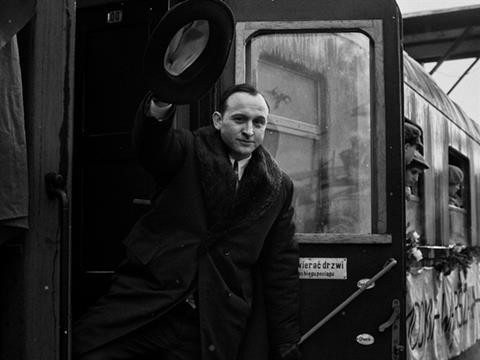
The square aspect ratio of 1.37:1 also lent itself to painterly composition with Citizen Kane (shot 1.33:1) providing Zal with a template for building depth of field.
“The format allows you to suggest things beyond the frame,” he explains. “At the beginning of the film everything has depth and we place the camera high up with as many layers as possible.”
He selected wider lenses and closed down the f-stop for scenes in Poland so that the greater depth of field emphasised Zula’s closer connection to her surroundings. Zal reversed the technique for scene in Paris with shallower depth “when Zula feels suffocated, the frame feels like she’s in a trap, lacking air.”
Cold War also has an extraordinary amount of CGI – not that you’d notice. Whole interiors of scenes set in Paris were filmed against blue and green screen because the production – made for less than 5 million Euros - didn’t have the budget for huge sets or large location shoots. It was cheaper to build the apartment interiors in Poland and have views of Paris created in CG. Scenes set in Split were largely shot in a studio.
“There’s a shot of Victor lying on a bed and half of the image is a window showing Paris,” Zal explains. “The shot is 90 seconds long so it’s really hard to create a believable image. You need smoke from chimneys, birds, people in windows – many layers – to make it seem real.
“When you have a wide establishing shot, the viewer has the chance to explore it in detail so the reflections in windows have to be right, the camera cannot shake, the camera’s focus has to match the CG exactly. There are so many little things to take care of.”
Among Zal’s own influences are masters of the craft like Ingmar Bergman’s cinematographer Sven Nykvist (Persona), Vilmos Zsigmond (The Deer Hunter), directors Frederico Fellini and Tarkovsky and the late Polish director Jerzy Wojciech Wójcik.
“More than anything I admire his philosophy of filmmaking and how he describes the process of creating a movie,” Zal says of Wójcik. “You prepare yourself on a set to capture some magic every day. I love to work like this.”
- Read more Behind the scenes: The Favourite
- Read more Behind the scenes: A Quiet Place
- Read more Behind the scenes: The First Man
Oscars 2019: The winners
- 1
- 2
- 3
 Currently reading
Currently readingBehind the scenes: Cold War
- 4
- 5
- 6
- 7












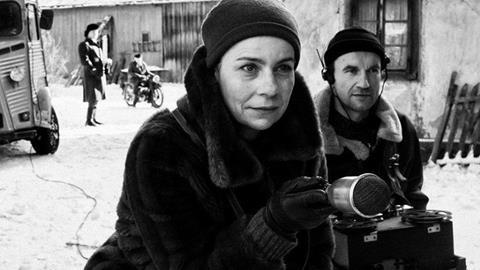


















No comments yet